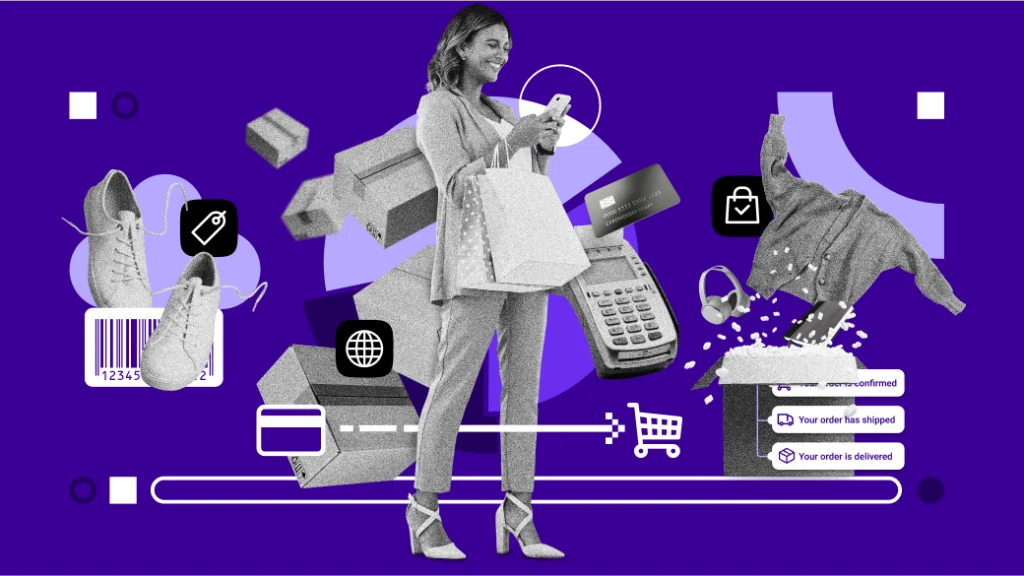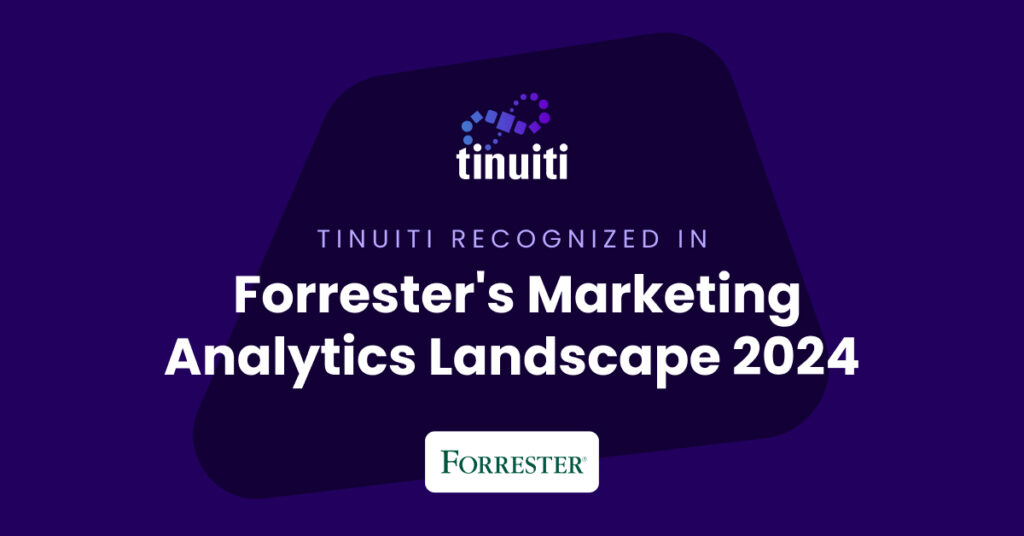Programmatic is automation of buying, placing and optimizing media. Programmatic simply means automated. It is a buy that is processed through a machine. It is the “gluten-free,” “paleo,” or “kale” of advertising these days, and the epitome of a buzzword. Programmatic is taking over the media world, and this means TV too.
Who needs reach when you can buy impressions? For the last few decades, TV has been bought on GRPs (Gross Rating Points). GRPs measure the size of your target audience in comparison to the total population of US TV Viewers. Since the start of TV advertising in 1941, this has been the only means of targeting available on TV. The dark age of TV is finally nearing its end!
What is Programmatic TV?
Programmatic TV combines the reach of TV with the precision of digital targeting. Set-top boxes, connected TVs and connected devices are now able to capture the same data as web-based networks. They are able to do this through partnerships between television networks and programmatic ad platforms. The television networks (select partners) are now selling inventory to programmatic advertising platforms.
The Advantages
“Programmatic TV can benefit everyone simply by automating the buying, selling, delivery and measurement of ads, the argument goes. To fight it is akin to telling a company in the 1980s not to computerize.” —Garett Sloane
- The ease of buying
- Greater targeting: 1st and 3rd party behavioral data
- Custom audience segments (beyond demographic as TV only previously allowed)
- Best of both worlds, can still include Nielsen OCR or Comscore VCE demographic pixels
- Actually reaching multiple people in the household
- Significant reduction in price
- Performance! Sales life in RIOs
The Challenges
It will take time for standardization to spread across a variety of areas within programmatic. Below are some of the challenges seen with this emerging technology:
- Data still needs to be aggregated and compartmentalized
- Logins need to be centralized
- Example multiple smart TV login’s, app logins, mobile, tablet, etc.
- Apple has tried to centralize but this only reaches a definite volume of users
- Bundled services could be a solution (ex. social networks)
- How to serve and track
- Reach is large around 90MM households, but just not account for all households (and won’t until all cable providers participate)
- Finite number of inventory available, no real-time bidding
- Need for better cooperation from cable service providers
- Silos between traditional and digital agencies
- Who leads the charge, who buys
- How to work together as one centralized unit
The Players
There are a few television providers out there now selling linear (traditional) TV to programmatic advertising platforms.
- TV Networks: Cox Media, DISH Network and SuddenLink
- Programmatic Partners: Turn, TubeMogul and AOL, Trade Desk, Google, BrightRoll, Data XU, Accordant and Collective Media
- Clypd (Ad-ID coding – the industry’s standard digital coding, which came out less than two weeks ago for programmatic) and Adapt TV powering technology powering many of these
- Benefit of Turn is all media channels can be viewed in one dashboard
- Big Brands Involved: Oreo, Wheat Thins, and Cadbury
- Set-top box data: Rentrak
What does this mean to you?
“Programmatic flips the traditional TV formula: Instead of using data about shows to find desirable audiences, marketers are using data about audiences to find desirable shows.” —AdWeek
Programmatic TV may even impact search keywords for your brands.
Be on the lookout for more and more programmatic partners coming out with programmatic TV solutions. This will change multi-touch attribution as we know it and how we work with Omni-channel brands forever. Expect larger integration amount mediums, greater inter-agency communication and a shift from traditional TV dollars into digital.
Sources:
ClickZ, Media, Ad Week, AOL, Turn
Further Reading
Related Articles and Decks
You Might Be Interested In












